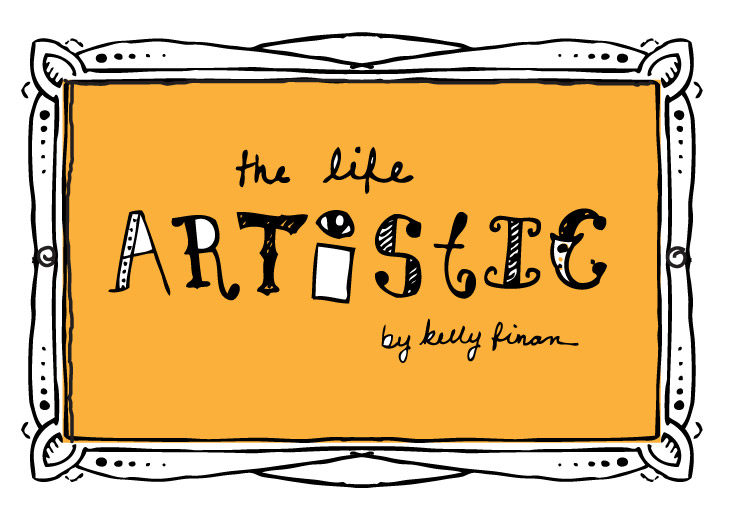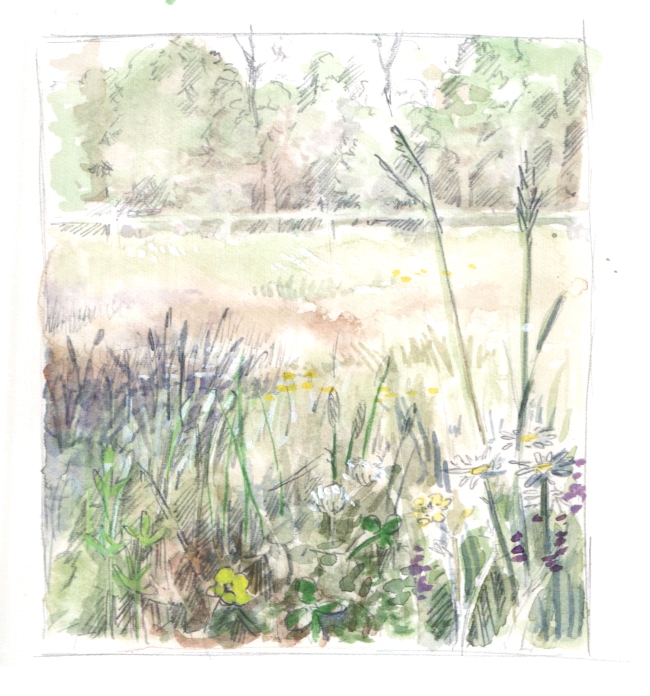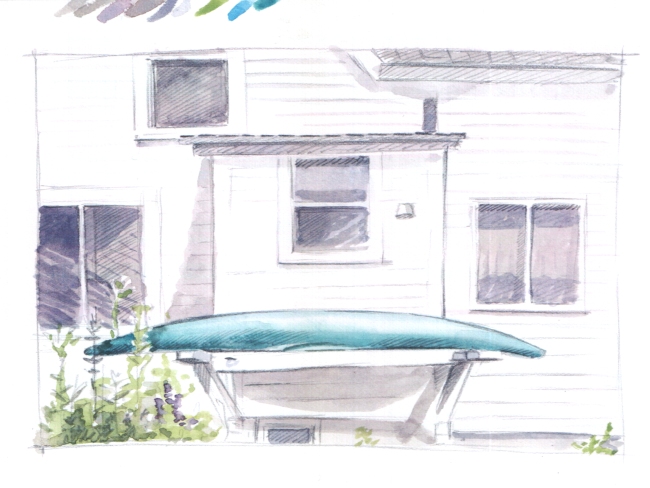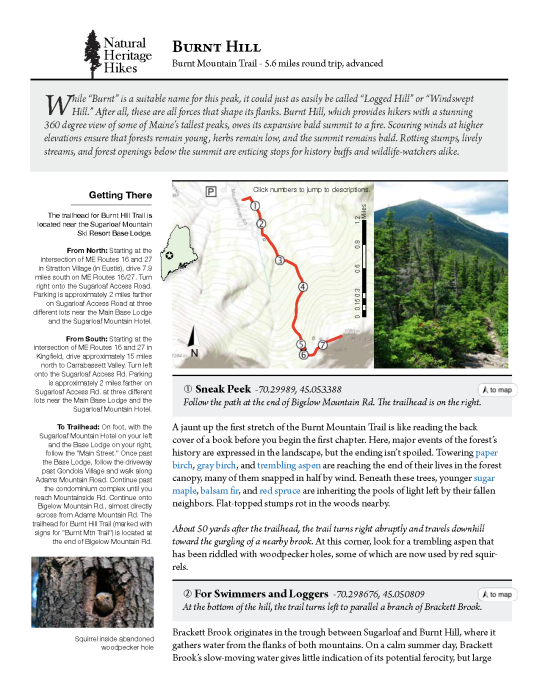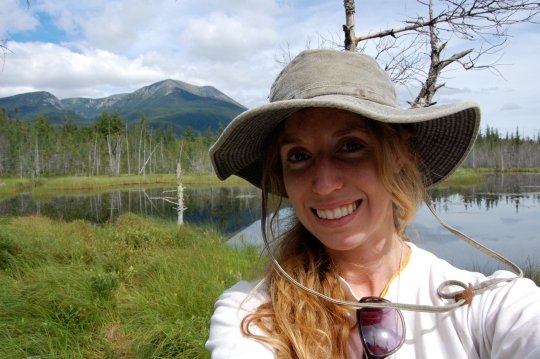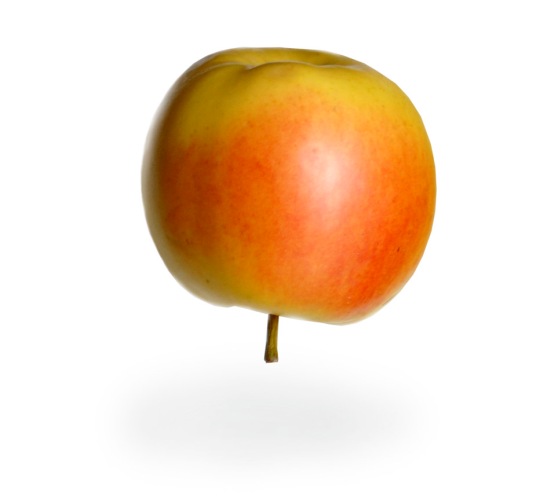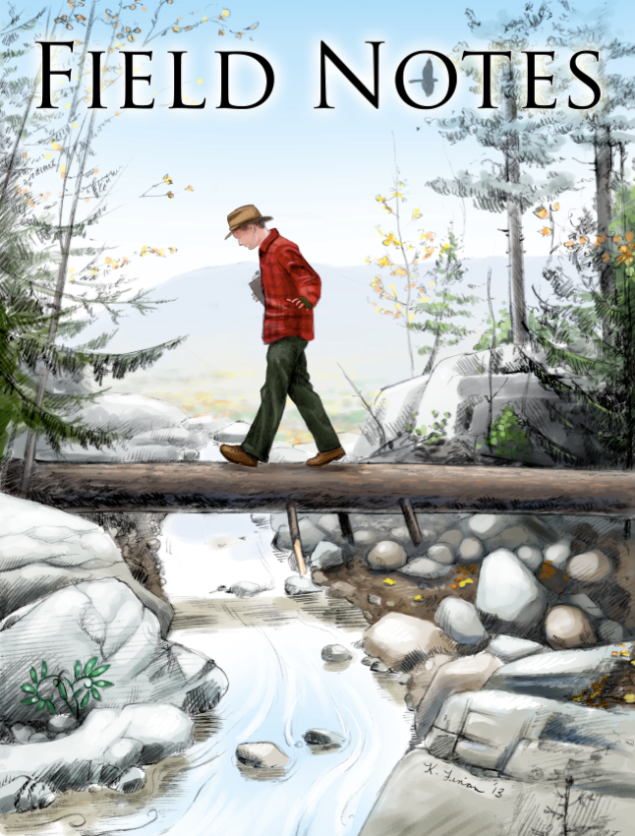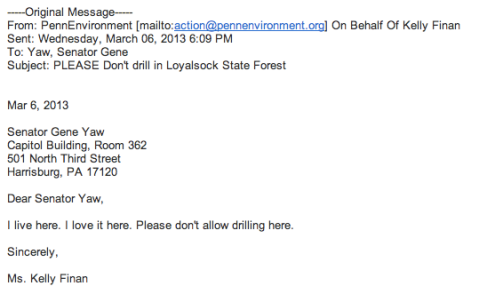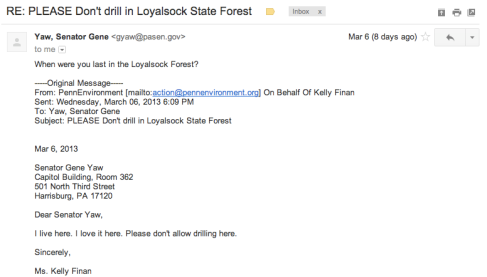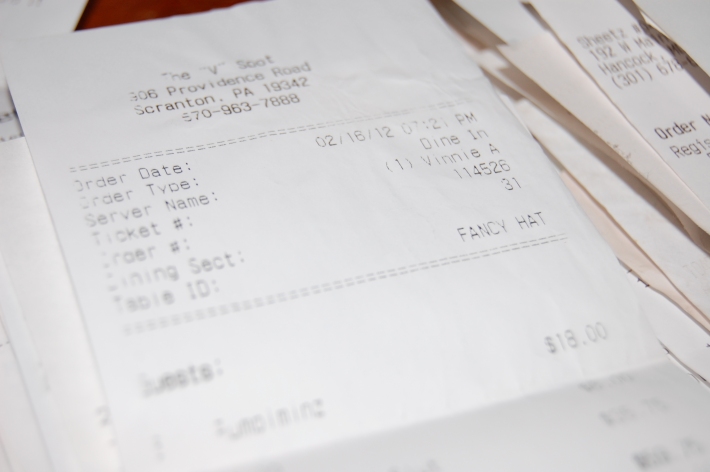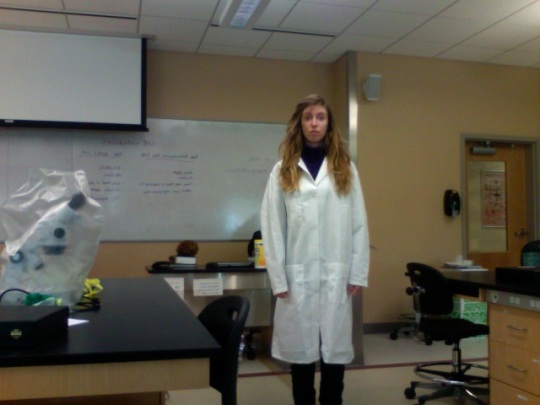Back in the Saddle
After gritting my teeth and plowing through my final year of graduate school, I’m back in the saddle.
A saddle is a notch between two peaks on the same mountain (duh); it’s a good place to find old growth forest because the steep slopes all around make it difficult to access. Saddles are exciting spots for me because 1. I just stopped on one peak, admired the view, and now I am about to enjoy YET ANOTHER PEAK (omg) and 2. with the majesty of an old forest, they are often beautiful in their own right. Last year, I wandered through the saddle of Maine’s Black Mountain – a striking cathedral of tall, thin red spruce flanking the brook that led to Wizard Pond. This year, Borestone Mountain. More on that in the next post.
What did you think I meant by “back in the saddle”? Perhaps that I turned back to my career as a freelance illustrator? Yes, I’m doing that, too, and with new skills on the table. For the past year, I’ve been working with the Maine Natural Areas Program to pilot the Natural Heritage Hikes Project: written descriptions of the ecology surrounding 15 of Maine’s most popular hiking trails to be made public on www.mainetrailfinder.com. In addition to packing my brain full of plant names, the project spurred a keen interest in natural history interpretation (basically, making science interesting to non-scientists) and led to an extensive literature review on the subject. To my delight, Maine Natural Areas has hired me as a contractor this summer to add ten more trails to the project. Today, I add interpretive design to my skill set, along with illustration and graphic design.
So, here I am, back in the saddle of my career. Thank you to all my clients, and to everyone who made the first peak, before graduate school, educational and wonderful. Headed for the second summit, equipped with an MS and written scientific interpretation experience, I have a feeling that this peak will be even more glorious than the first.
Apples Right Side Up
In the fading light of mid-November I’m suffering from apple exhaustion.
Apples floated before my eyes as the first fallen leaves dusted my route from Vermont to Pennsylvania. I raided my father’s apple tree with such tenacity that he demanded I wear a helmet, then I attacked the neighbor’s trees. I made applesauce until I ran out of mouths to feed and canning jars to fill. Bursting with pride (and applesauce), I shuttled the remaining fruit back to Burlington, where it became the star of a dessert for the season’s first potluck.
Upon arriving at the event, I unveiled my creation and placed it among the other dishes. It accompanied…
…three apple pies. And nothing else.
The potluck’s four guests ate only apple desserts. In true Burlington spirit, someone arrived with a quinoa dish, but the damage was done. I was sick of apples.
But like a true naturalist, when I’m sad, I look to botany for comfort. I harkened back to a time when fruit was a buffet of discovery, not a monoculture of boredom. And I remembered this:
Friday in state government
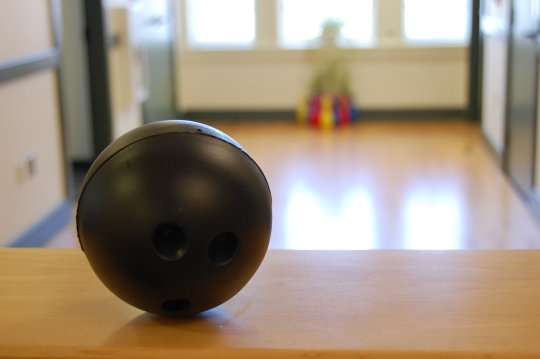
The view from my desk.
Yesterday
6:32 am: Bar Harbor, ME
The patter of rain slows long enough for me to emerge from my soggy tent, where I am greeted by my latest single-serving friend. I met Don yesterday while we were standing in line for the last remaining campsite in Blackwoods Campground, Acadia National Park. With only three tent sites remaining and a line of anxious faces behind us, we decided to share a site. We remain standing while we eat Honey Bunches of Oats; the picnic table is too wet even to lean on.
“killing [my] darlings”: on writing, criticism, and attachment
I’ve returned from my hiatus. For the 3 people that wondered where I was, I have two words: Field Notes. Behold:
While I hid behind the cover and the graphic layout, my fellow editor (the handsome fellow on the cover) wrangled the contributing writers*. I watched from the sidelines as each piece of writing was tailored to suit my space limitations – sentences rearranged, lovingly-written paragraphs deleted.
In response to one particularly pressing email entitled “I’m Sorry to Pester but will I see your Final Draft Today?”, one of our writers responded, “Killing a few more darlings… be with you shortly.”
And that brings me to where I am today. I write. I am edited… I kill my darlings. And it’s so, so hard. Continue reading
Let’s blow up the moon! (Unnerving correspondence with a state senator)
About a week ago, I emailed Pennsylvania senator Gene Yaw a simple statement.
I had just heard (admittedly, via an email from PennEnvrionment) that Loyalsock State Forest was in danger of being opened for natural gas drilling and I was hoping to influence the political decision making behind the project. Mr. Yaw responded within minutes:
“When were you last in the Loyalsock Forest?” No greeting, no closing.
My year in business receipts
This rainy evening, I’m doing archaeology in my living room. I’m gently smoothing, sorting, and stacking bits of my past under the guise of tax preparation. These receipts are a scrapbook of 2012: a year of drive-ins, Fancy Fridays, and warm nights on the plain streets of Scranton before I stumbled into frozen Vermont. Among the layers, I’ve found:
- The last vet receipt for my beloved dog, Shyloh.
- A first date (pizza), the day that I fell in love (chinese), a first fight (ice cream), and a last date (pizza again).
- The first time I met the residents of Riverdale at a small pizza place in Philly.
- A hungover morning at a diner in Binghamton with some fine archaeologists (yes, real archaeologists!)
- Postage for a package of puzzle pieces mailed to an old friend in California.
- An uncanny number of gas station egg breakfast sandwiches.
- Manic Panic pink hair dye (and accompanying bleach) for that quarter-life crisis.
- Champagne yeast for that… experiment.
- The gas receipt from the closest that I ever came to running out of gas.
- That burrito that I ate right after I interviewed at UVM… sadly, because I didn’t think I was going to be accepted.
- The night that I wore a “fancy hat” to the V-spot and, apparently, our server named our table “fancy hat”.
- My 26th birthday lunch on our way to the Pennsylvania Grand Canyon.
- The receipt from THIS gas station.
Sadly, I can’t write off any of these as business expenses. Who knew tax day could be so emotional?
What’s in your backpack?
Rattle my bones
Dripping with cultural history and utterly unique, the objects cradled in Connor Stedman’s excited hands burned with sentimental value. Their glow reflected in Connor’s eyes and didn’t flicker for an instant upon the delivery of my first question.
“So, what are they?”
To the untrained eye, they were two pieces of wood roughly the size and shape of tongue depressors, but slightly heftier and square at the ends. Connor explained it was a set of bones: A historically Irish one-handed musical instrument that is played by holding one bone stationary while rattling the other bone against it.
While the traditional instrument was made from sheep’s bones, Connor’s version originated as the South American tree palo santo, or “holy wood” in Spanish. Palo santo’s use as a good luck charm and a cleanser of bad energy dates back to the Inca era. Connor says that he’s never heard of another pair of bones made from palo santo.
Connor carved his bones in anticipation of a local visit by Irish bard Gerry Brady, who described bones as “the only instrument you can play with a pint in the other hand”. Gerry blessed this set of bones himself.
Dripping with cultural history and utterly unique, Connor had produced an item that was quintessentially Connor. I was pleased to find that I was not the only Field Naturalist with a very special item in my backpack.
Lovin’ spoonfuls
The “What’s in your Backpack?” project began with an orange spoonfork. No, not a spork. “Spork” implies tiny tongs on the end of a spoon. My beloved spoonfork has a spoon on one end of the handle and a fork on the other.
The spoonfork lives in my backpack for the obvious reason: It is saving the ocean. Continue reading
Continue reading
regarding my return to science
“OH! It’s called a ligule, not a sheath!” I was huddled over a microscope while mentally scolding myself for years of misunderstanding a plant term. These “D’OH!” moments were frequent during my botany class, but on this Wednesday morning, my surprise was particularly acute. I examined a blade of grass as my mind drifted back to the last time that I had encountered the finer anatomy of this plant family; it was during my first science illustration job, four years ago, in Yosemite.
One afternoon, I was toiling over the kitchen table that served as my drawing desk when I was approached by a student researcher bearing a fistful of tall, feathery grass. He explained that velvet grass was among 190 invasive plant species in Yosemite, and that it was endangering the tiny population of endemic plants within the park. He advocated a simple idea: to use park visitors as a tool for locating and mapping invasive species for potential removal by The Park Service.
First, he needed an illustration of velvet grass that visitors could use for identification. We agreed that we needed an image of the grass when it was flowering, one image after the grass had gone to seed, and an image depicting the sheath of the grass. The sheath was the most important part – its presence separated velvet grass from other grasses… or so, I thought.
Suddenly, I awoke from my daydream. I was back in Wednesday morning botany class, and I had just learned that my illustration was wrong! What I had believed was a sheath was actually a ligule, or a tiny, papery membrane where the leaf blade joins the stem. All grasses have sheaths and ligules, but some grasses can be identified by the shape and color of their ligule.
My friends and family sometimes wonder why I’ve abandoned a life of glamorous, self-employed illustration work in favor of apparent mental anguish over a botany microscope. To me, the answer is simple. The “AH-HA!” moments, or times when I learn something new or realize I was completely wrong, are frequent in the Field Naturalist Program. Each one reminds me of why I chose this path: I want to become a better illustrator and a better science communicator.
Some days, I feel like I’m in over my head. I have a 20 hour/week teaching commitment on top of my schoolwork, and this semester I illustrated a book, too. I teach “Biology for Biology Majors II” lab… and guess what… I was never a biology major! (Some of my students found one of my websites the other day… I wonder when they’ll realize I’m an imposter! Or when they’ll find this blog. Uh oh.)
It’s all worth it.
